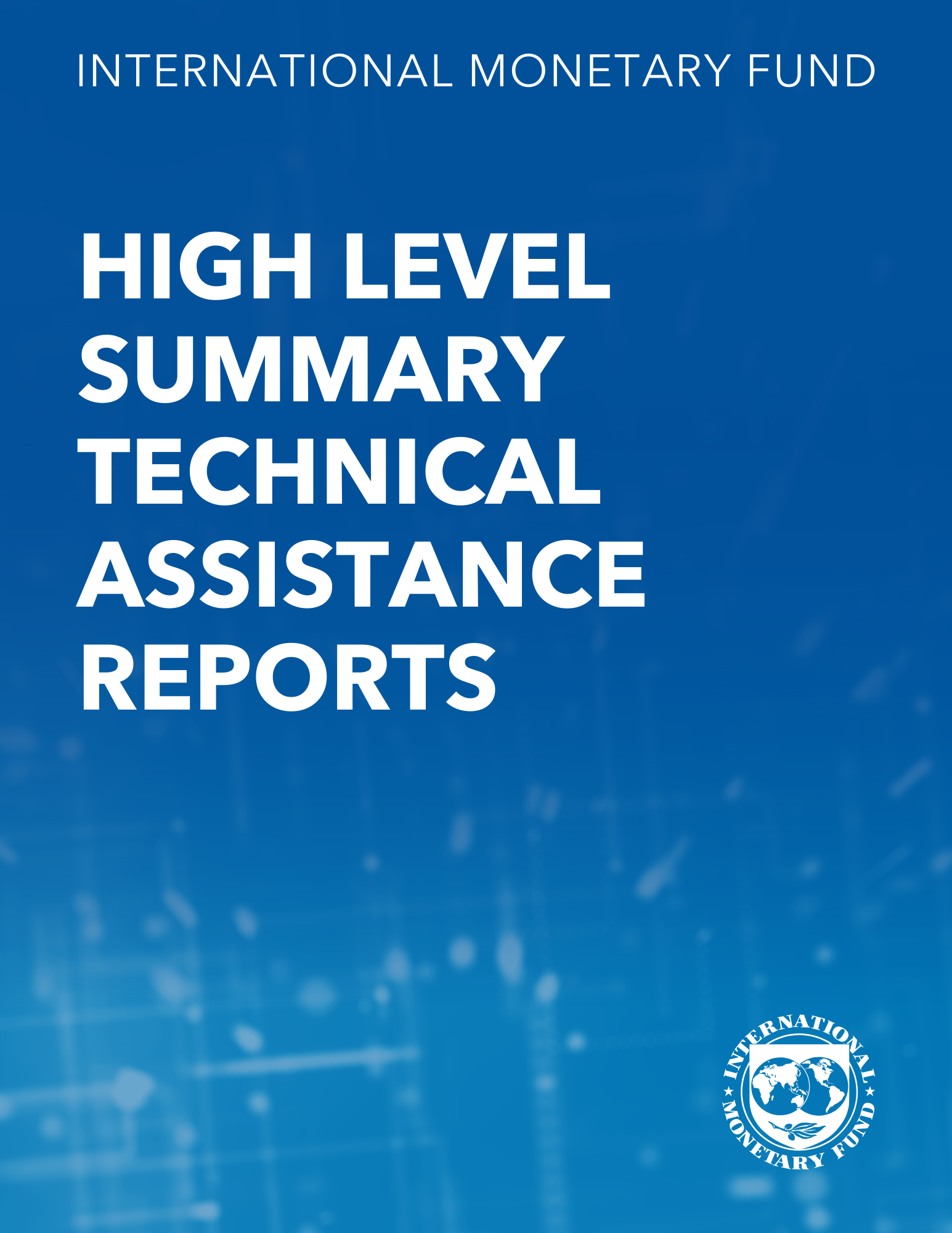Navigating External Shocks in Southeast Asia's Emerging Markets: Key Lessons and Challenges in Applying the IMF’s Integrated Policy Framework
September 23, 2024
Disclaimer: The views expressed herein are those of the author(s) and do not necessarily represent the views of the IMF, its Executive Board, or IMF management.
Summary
As relatively small open economies, South-East Asian emerging markets (Indonesia, Malaysia, Philippines and Thailand or ASEAN-4) are highly susceptible to external shocks—both financial and real—that could induce large capital flows and exchange rate volatility that could lead to foreign exchange market dysfunction. With the exception of Bank Negara Malaysia, ASEAN-4 central banks mostly have flexible inflation-targeting frameworks for monetary policy implementation. Their main policy objectives include medium-term price stability, sustainable economic growth, and financial stability.
Central Banks in ASEAN-4 economies have been early pilots in the operationalization of the IMF’s Integrated Policy Framework (IPF) in 2022-23, given their experience in using multiple policy tools besides the monetary policy rate, including macroprudential measures, foreign exchange intervention (FXI), and capital flow management measures, to achieve their multiple objectives. They have welcomed the IPF as a systematic, frictions-based approach to analyze the use of these multiple tools to manage trade-offs across policy objectives.
This paper takes stock of the experience from these pilots, both from the perspective of country authorities and of IMF country teams. It aims at distilling key lessons, which could be used to inform broader IPF operationalization.
The IPF conceptual framework and a related quantitative model were used to assess policy trade-offs in ASEAN-4 in the event of adverse external shocks. These applications reaffirmed the importance of using monetary policy to address persistent inflationary pressures stemming from real shocks and allowing the exchange rate to act as a shock absorber. However, a complementary use of FXI could improve trade-offs between price, financial, and output stability when economies are faced with large and financial shocks that result in abrupt spikes in uncovered interest rate parity premia resulting in inefficiently tight financial conditions that could hurt growth or risking to de-anchor inflation expectations.
The IPF pilots also highlighted some challenges faced when operationalizing IPF principles, notably regarding the assessment of frictions and shocks that might justify the use of FXI. In particular, country teams at times lacked sufficient information to adequately assess the extent of frictions. Moreover, the time-varying nature of IPF frictions and the non-linear effects of shocks make it difficult to assess situations when benefits of a complementary use of FXI would overweigh its costs.
Central Banks in ASEAN-4 economies have been early pilots in the operationalization of the IMF’s Integrated Policy Framework (IPF) in 2022-23, given their experience in using multiple policy tools besides the monetary policy rate, including macroprudential measures, foreign exchange intervention (FXI), and capital flow management measures, to achieve their multiple objectives. They have welcomed the IPF as a systematic, frictions-based approach to analyze the use of these multiple tools to manage trade-offs across policy objectives.
This paper takes stock of the experience from these pilots, both from the perspective of country authorities and of IMF country teams. It aims at distilling key lessons, which could be used to inform broader IPF operationalization.
The IPF conceptual framework and a related quantitative model were used to assess policy trade-offs in ASEAN-4 in the event of adverse external shocks. These applications reaffirmed the importance of using monetary policy to address persistent inflationary pressures stemming from real shocks and allowing the exchange rate to act as a shock absorber. However, a complementary use of FXI could improve trade-offs between price, financial, and output stability when economies are faced with large and financial shocks that result in abrupt spikes in uncovered interest rate parity premia resulting in inefficiently tight financial conditions that could hurt growth or risking to de-anchor inflation expectations.
The IPF pilots also highlighted some challenges faced when operationalizing IPF principles, notably regarding the assessment of frictions and shocks that might justify the use of FXI. In particular, country teams at times lacked sufficient information to adequately assess the extent of frictions. Moreover, the time-varying nature of IPF frictions and the non-linear effects of shocks make it difficult to assess situations when benefits of a complementary use of FXI would overweigh its costs.
Subject: Currency markets, Exchange rates, Financial markets, Foreign exchange, Inflation, Integrated Policy Framework, Prices
Keywords: ASEAN, capital flows, Currency markets, Exchange rates, foreign- exchange intervention, Global, IMF country team, IMF seminar participant, Inflation, Inflation targeting, Integrated policy framework, IPF model, IPF pilot, market dysfunction, Policy mix, Southeast Asia
Pages:
44
Volume:
2024
DOI:
Issue:
007
Series:
Departmental Paper No 2024/007
Stock No:
DPEA2024NES
ISBN:
9798400285790
ISSN:
2616-5333






